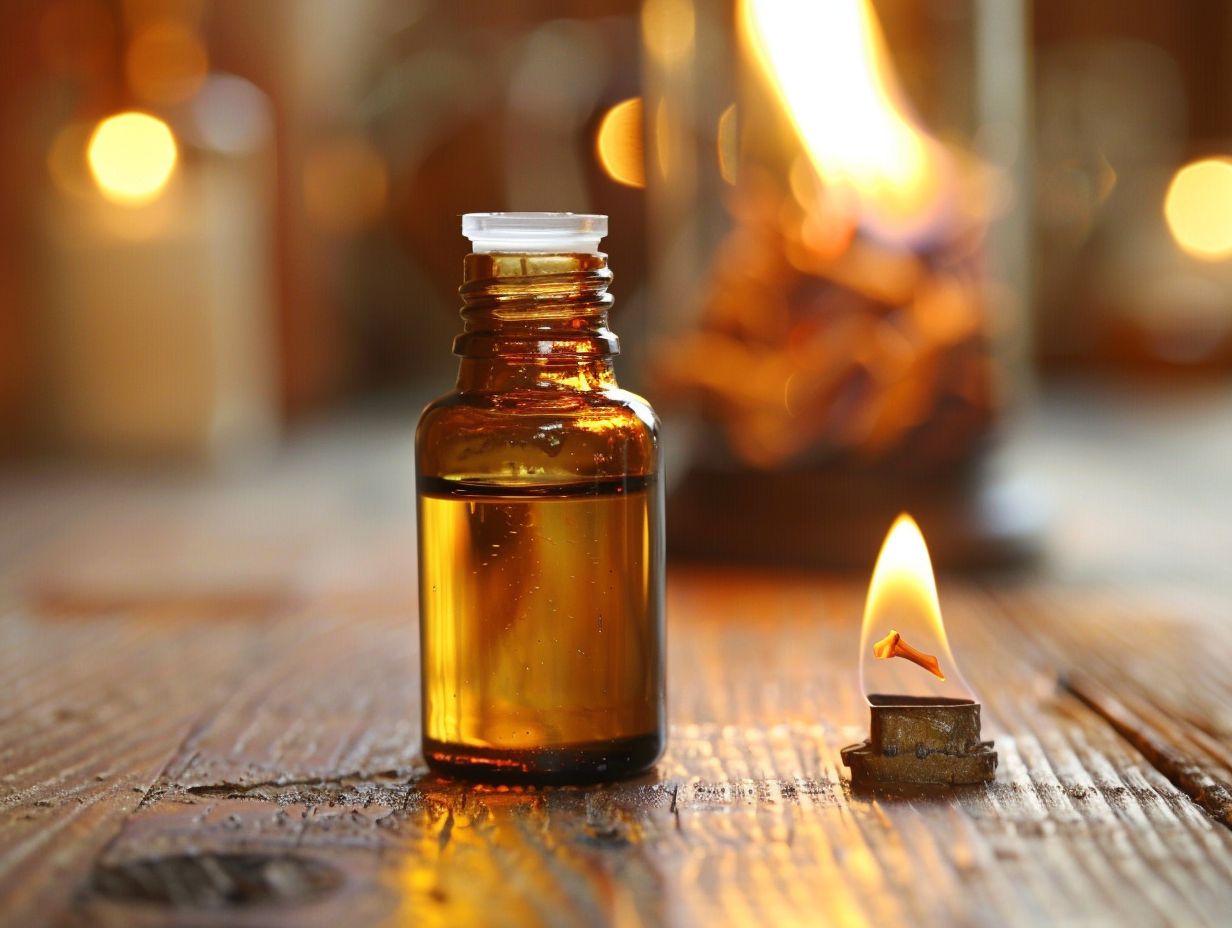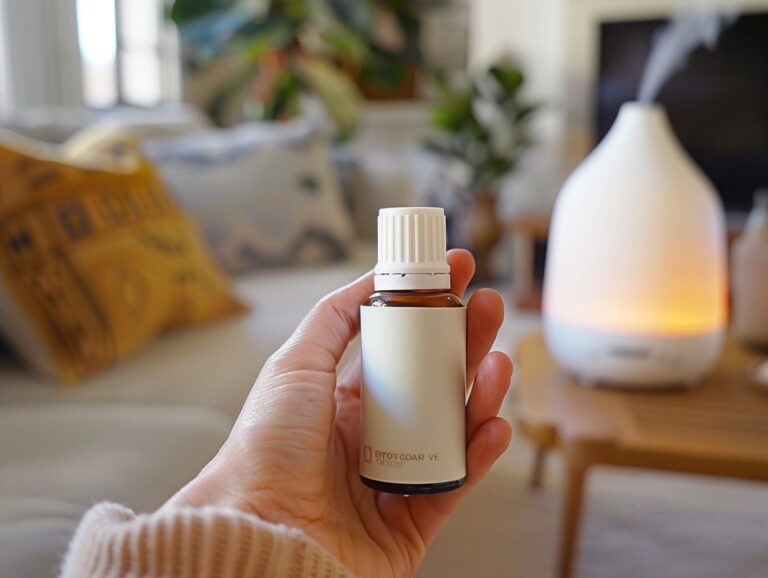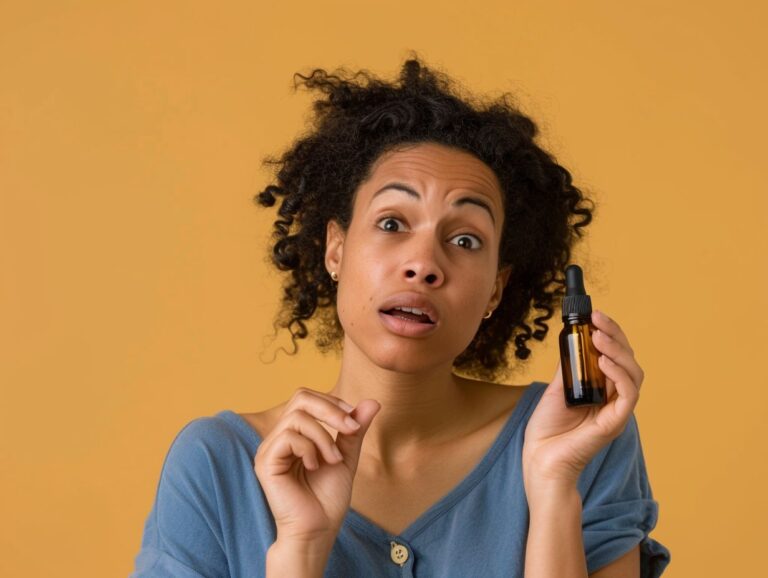Can Essential Oil Burn
Essential oils have become increasingly popular for their various benefits, from promoting relaxation to aiding in skincare.
A lesser-known risk associated with these potent oils is the potential for burns.
In this article, we will explore how essential oils are used, what causes essential oil burns, symptoms to look out for, and preventing them.
We will also discuss safe essential oils for direct application and actions to take if you experience a burn.
Stay tuned to learn more about the potential risks and rewards of using essential oils.
Key Takeaways:
What Are Essential Oils?
Essential oils are natural aromatic compounds extracted from plants known for their therapeutic properties and various benefits. These oils are derived through specific extraction methods that capture the unique chemical composition of the plant compounds.
Originating from various parts of plants such as the flowers, leaves, stems, roots, or even bark, essential oils embody the essence of the plant and boast a wide array of uses in aromatherapy, skincare, and holistic healing.
- Each essential oil contains a complex mixture of volatile chemical compounds that contribute to its distinct aroma and therapeutic effects.
- Common extraction methods include steam distillation, cold press extraction, solvent extraction, and enfleurage, each tailored to extract the oils efficiently while preserving their potency.
How Are Essential Oils Used?
Essential oils can be used through various methods, including traditional techniques and modern diffusers. Safety measures are crucial when using essential oils, whether through inhalation or topical application. Proper dilution is essential for safe and effective utilization.
Aromatherapy
Aromatherapy involves the use of essential oils to promote well-being and address various health concerns. Popular choices for aromatherapy include lavender, citrus, peppermint, and custom blends tailored to specific needs.
Essential oils are extracted from plants and contain various therapeutic properties that can have a positive impact on both physical and emotional health. Lavender, known for its calming and relaxing effects, is often used to alleviate stress and anxiety. Citrus oils like lemon and orange are uplifting and energizing, making them great mood boosters. Peppermint is commonly used for its refreshing and invigorating qualities, ideal for mental clarity and relieving headaches.
Creating custom blends allows individuals to target specific concerns such as insomnia, headaches, or even boosting concentration. Combining oils like lavender and chamomile for relaxation, or peppermint and eucalyptus for respiratory support, can enhance the overall benefits of aromatherapy.
Topical Application
Topical application of essential oils involves applying them directly to the skin. Precautions must be taken due to the risk of allergic reactions. Proper dilution and conducting a patch test are essential before using oils directly. Carrier oils are often used to dilute potent essential oils.
Skin safety is paramount when using essential oils topically. The potency of undiluted oils can lead to irritation or even burns on sensitive skin. Diluting oils with carrier oils like jojoba or coconut oil not only reduces the risk of adverse reactions but also helps in effectively delivering the therapeutic benefits of essential oils.
Patch testing on a small area of skin helps identify any potential allergic responses before widespread application. By following these safety measures, individuals can enjoy the benefits of essential oils without compromising skin health.
Ingestion
Ingesting essential oils is a controversial topic with potential risks involved. It is advisable to consult a dermatologist or healthcare professional before considering ingestion, especially for children, or during pregnancy.
Essential oils are highly concentrated plant extracts that can be harmful if ingested inappropriately. They may cause adverse reactions such as nausea, digestive issues, or even toxicity when consumed in large quantities. Professional guidance is crucial to ensure safe usage, as some oils can interact with medications or exacerbate existing health conditions.
Regarding children, their developing bodies can react differently to essential oils, making them more susceptible to side effects or allergic reactions. Similarly, pregnant individuals have specific considerations due to the potential impact on the fetus. Consulting a healthcare provider can help mitigate these risks and provide tailored advice for safe ingestion practices.
Can Essential Oils Burn?
Essential oils have the potential to cause skin burns if not used properly due to their concentrated nature. Understanding the safety measures and risks associated with essential oils is essential to prevent adverse skin reactions.
This is particularly important because essential oils are highly concentrated extracts from plants and can be quite potent. When applied directly to the skin without proper dilution, certain essential oils can lead to irritation, redness, and even burns. It is crucial to always perform a patch test and dilute essential oils with a carrier oil before applying them topically. Additionally, proper storage of essential oils away from direct sunlight and heat can help maintain their integrity and reduce the risk of adverse reactions.
Causes of Essential Oil Burns
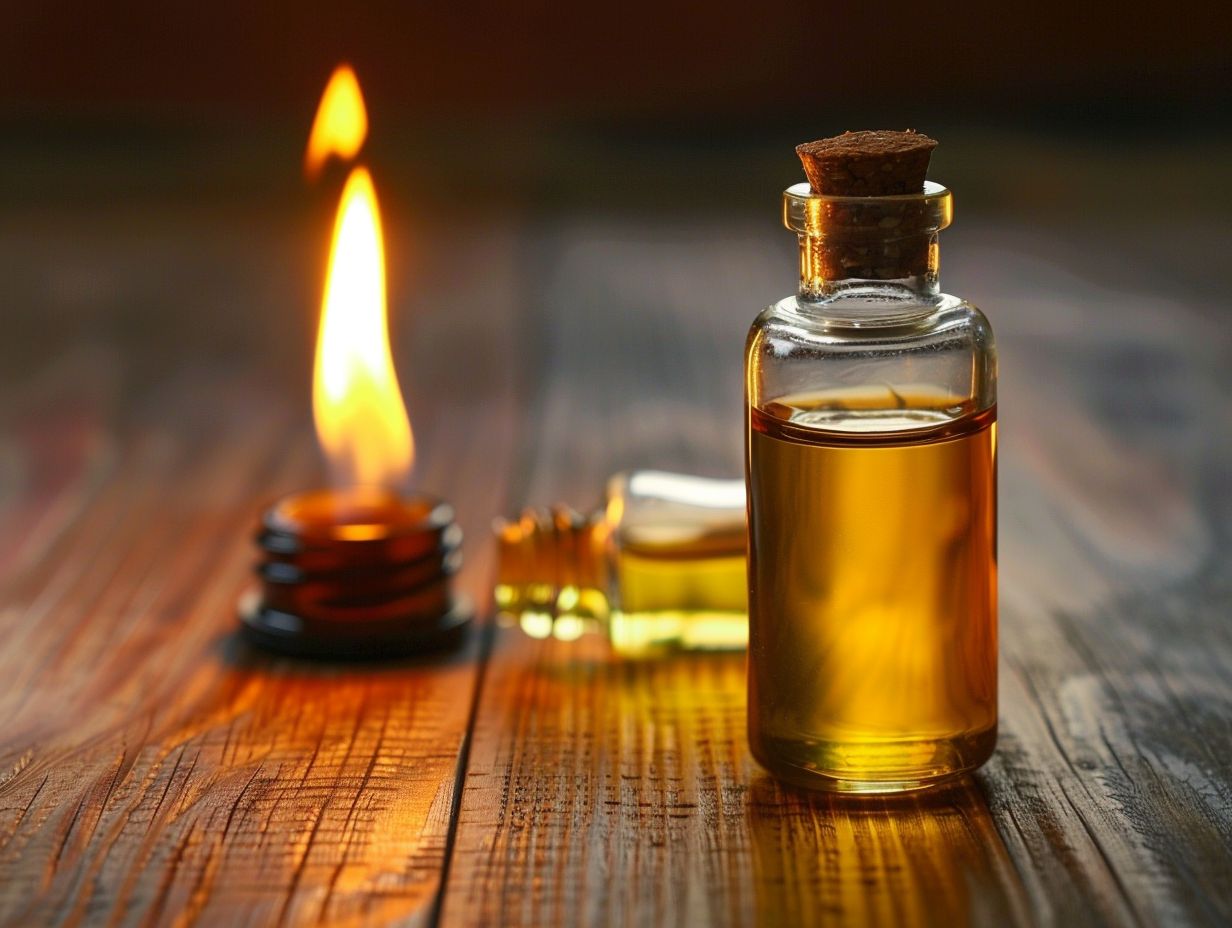
Phototoxic reactions happen when certain essential oils, like citrus oils, are applied to the skin and then the skin is exposed to sunlight, especially UV rays. This combination can lead to skin irritation, redness, and even blistering in severe cases. UV rays are known to intensify the effects of certain phototoxic oils, causing more significant skin damage.
Skincare practices play a crucial role in preventing essential oil burns. It’s important to dilute essential oils properly before applying them to the skin, and always do a patch test to check for any adverse reactions. Avoiding direct sunlight exposure after applying phototoxic oils can reduce the risk of developing burns.
Symptoms of Essential Oil Burns
Symptoms of essential oil burns may include allergic contact dermatitis, hives, and various skin reactions. Recognizing these symptoms early is crucial for prompt treatment.
Allergic contact dermatitis typically presents as redness, itching, and sometimes blisters at the site of contact with the essential oil. This reaction occurs when the immune system overreacts to the toxic essential oils.
On the other hand, hives, also known as urticaria, manifest as raised, itchy welts on the skin. It’s important to note that some individuals may experience more severe symptoms such as difficulty breathing or throat tightness, indicating a serious allergic reaction requiring immediate medical attention. By providing the right care early, it is possible to prevent adverse outcomes and promote faster healing.
Risk Factors for Essential Oil Burns
Risk factors for essential oil burns include nasal irritation, eye irritation, and potential skin risks. Implementing preventive measures is crucial to minimize these risks.
Regarding nasal irritation, using essential oils directly in the nostrils can often lead to inflammation and discomfort. Likewise, accidental contact with the eyes can result in severe irritation, redness, or even corneal damage, emphasizing the importance of handling these oils with care.
To reduce the likelihood of adverse reactions, it is advisable to dilute essential oils with a carrier oil before applying them to the skin. Conducting a patch test can help identify any sensitivities or allergies beforehand, thereby preventing potential skin risks.
How to Prevent Essential Oil Burns?
Preventing essential oil burns involves implementing safety measures such as proper dilution, conducting patch tests, and considering the environmental impact of oil usage. Taking precautions is key to enjoying the benefits of essential oils safely.
Proper dilution is crucial to prevent skin irritation or burns when using essential oils. It is recommended to mix essential oils with oils for burns carrier oils or water before applying them directly to the skin. Patch testing, where a small amount of diluted oil is applied to the skin to check for any adverse reactions, helps identify potential allergies or sensitivities.
Regarding the environmental impact of essential oils, it’s important to choose sustainably sourced oils and use them mindfully. Overusing or improperly disposing of oils can harm the environment and wildlife. Always store essential oils in dark glass bottles away from direct sunlight to maintain their potency.
Proper Dilution
Properly diluting essential oils before topical application is essential for safe use, especially for individuals with sensitive skin or allergies. Ensuring hypoallergenic practices can minimize potential risks.
Essential oils are highly concentrated extracts that can cause skin irritation or sensitization if used undiluted. For individuals with sensitive skin, dilution helps reduce the risk of adverse reactions. Diluting essential oils in a carrier oil also ensures better absorption and effectiveness. Common carrier oils include coconut, jojoba, and almond oil. By avoiding direct contact with the skin, diluted essential oils offer a gentler application without compromising their therapeutic benefits.
Patch Testing
Conducting a patch test before widespread application of essential oils helps identify potential allergic reactions or skin sensitivities. This practice can prevent conditions like allergic contact dermatitis or contact dermatitis.
It is crucial to remember that essential oils are highly concentrated plant extracts that may cause adverse reactions when applied directly to the skin. By performing a patch test, individuals can detect any adverse reactions early on, such as redness, itching, or swelling, which may indicate allergic contact dermatitis or hives. These reactions can vary in severity, from mild irritation to more severe skin conditions, highlighting the significance of patch testing to ensure safe and effective use of essential oils.
Avoiding Sun Exposure
Avoiding sun exposure after applying essential oils that can cause phototoxic reactions is crucial to prevent skin damage from UV rays. Understanding the risks associated with photosensitivity is essential for safe usage.
Phototoxic reactions, also known as photoirritation or phototoxicity, occur when certain chemical compounds in essential oils react with UV light, leading to skin irritation, redness, and even burns. Common photosensitive essential oils include citrus oils like bergamot, lemon, and lime. Therefore, it is vital to wait at least 12 hours before sun exposure after applying these oils to the skin.
- UV rays can penetrate the skin, causing premature aging, sunburn, and an increased risk of skin cancer. By protecting your skin from sun exposure, you reduce the chances of these harmful effects.
- Wearing protective clothing, using sunscreen with a high SPF, and seeking shade during peak hours can help safeguard your skin from UV damage.
What to Do if You Experience an Essential Oil Burn?
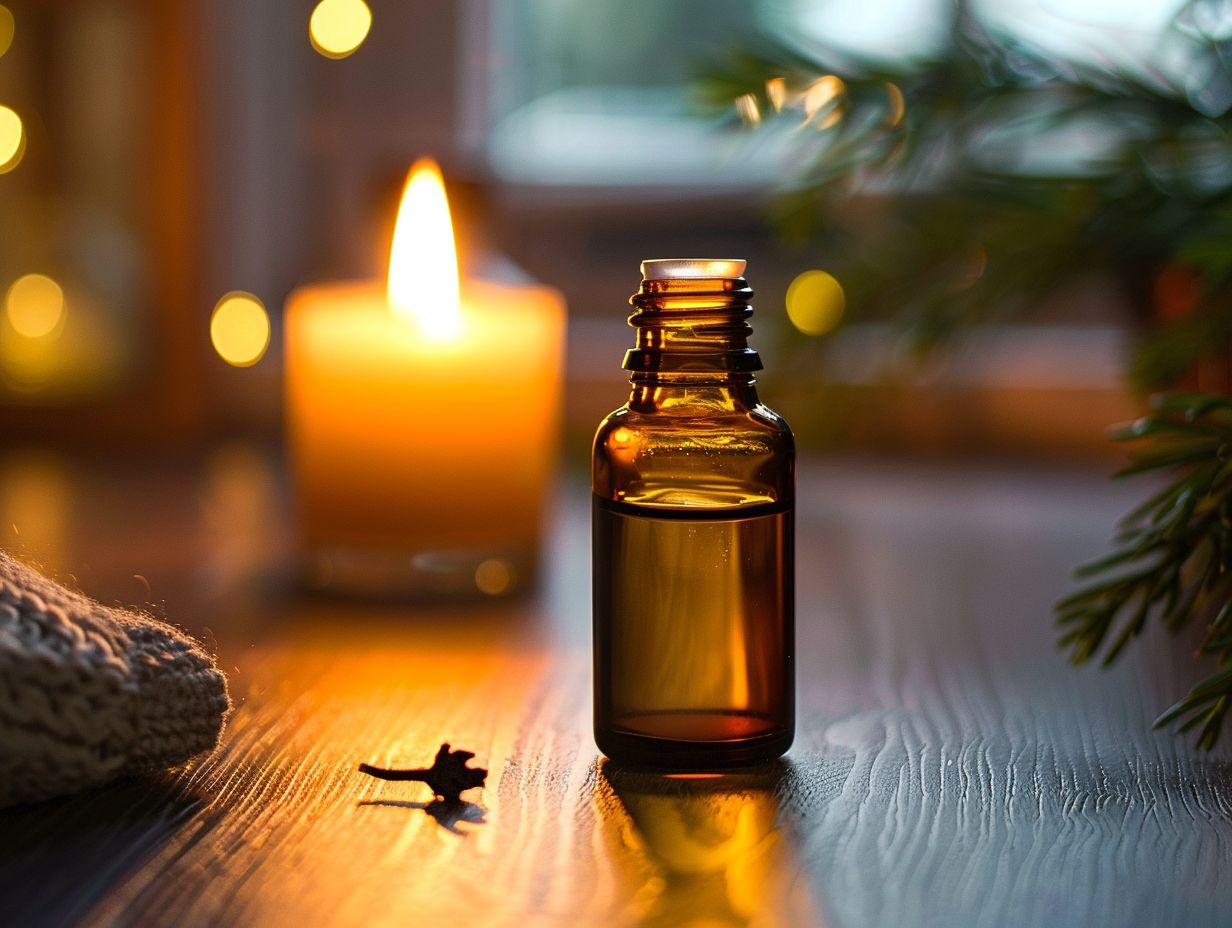
Once you’ve experienced an essential oil burn, the first step is to immediately remove any clothing or jewelry near the burn area to prevent further irritation. Run cool (not cold) water over the burn for at least 20 minutes to help reduce inflammation and pain. Make sure not to apply ice or butter, as they can worsen the burn. After cooling the area, gently pat it dry with a clean cloth.
For severe burns, it’s important to seek medical attention promptly. Doctors can provide proper assessment and treatment to prevent complications and promote faster healing. In the meantime, cover the burn with a clean, non-adhesive bandage to protect it from further damage and reduce the risk of infection.
It’s crucial to discontinue the use of the essential oil that caused the burn to prevent future incidents. Assess the cause of the burn, whether it was due to improper handling, sensitivity, or an allergic reaction, and avoid using that particular oil again. Consider consulting a healthcare professional or a qualified aromatherapist for guidance on safe usage of essential oils in the future. Taking these steps can not only aid in your current recovery but also prevent similar incidents in the future.
Cool the Burn
Cooling the essential oil burn immediately by running the affected area under cold water can help alleviate discomfort and reduce the severity of the burn. Seeking advice from a dermatologist for proper care is advisable.
After the initial cooling, it is essential to gently clean the burned area with mild soap and water to prevent infection. Avoid using harsh substances or scrubbing vigorously as this can further irritate the skin.
Once the area is cleaned, applying a thin layer of aloe vera gel or a soothing calendula cream can help soothe the burn and promote healing. Covering the area with a sterile bandage can protect it from external contaminants.
It is crucial to monitor the burn for any signs of infection, such as increased redness, swelling, or pus formation. If any of these symptoms occur, it is imperative to consult a dermatologist immediately for appropriate treatment.
Seek Medical Attention
In cases of severe essential oil burns or adverse reactions, seeking immediate medical attention is crucial to assess the extent of the damage and treat any underlying conditions. Allergic contact dermatitis should be addressed promptly by healthcare professionals.
Upon experiencing excessive redness, blistering, or pain after using essential oils, it’s imperative to consult a healthcare provider without delay. The expertise of medical professionals is instrumental in evaluating the severity of the burn and determining the appropriate course of treatment to prevent infection and promote healing. Timely intervention can prevent complications and expedite the healing process.
Dermatologists can offer specialized care tailored to individual skin conditions, ensuring proper management and follow-up care. Remember that prioritizing your skin health and well-being is essential in these situations.
Discontinue Use of Essential Oil
If you experience an essential oil burn, discontinuing the use of the oil immediately is essential to prevent further damage and allow the skin to heal.
Continuing to apply essential oils after a burn can aggravate the skin and hinder the healing process, causing prolonged discomfort and potential complications. It is crucial to acknowledge the signs of skin irritation or burns, such as redness, blisters, or pain, to promptly address the issue and prevent worsening conditions. Understanding the importance of skin safety measures, such as proper dilution, patch testing, and following usage guidelines, can help minimize the risk of burns and other adverse reactions in the future.
Incorporating precautionary steps and being mindful of individual skin sensitivities are key aspects of maintaining healthy, nourished skin while enjoying the benefits of essential oils.
Are There Any Safe Essential Oils for Direct Application?
Certain essential oils are safe for direct application due to their mild nature and skin-friendly properties. Lavender, tea tree, and chamomile oils are commonly considered safe for use on the skin with minimal risk of adverse reactions.
These oils are known for their gentle and soothing qualities, making them popular choices for topical application.
- Lavender oil, with its calming aroma, is often used to promote relaxation and relieve skin irritations.
- Tea tree oil is prized for its powerful antiseptic properties, making it effective in combating blemishes and supporting overall skin health.
- Chamomile oil, renowned for its anti-inflammatory benefits, can help soothe sensitive or inflamed skin.
These oils are versatile and can be applied directly to the skin without the need for extensive dilution, offering a convenient and effective solution for various skincare concerns.
Lavender Oil
Lavender oil is a versatile essential oil known for its calming aroma and skin-soothing properties, making it an excellent choice for direct application on the skin. Ensuring the purity of lavender oil is essential for optimal benefits.
When applied topically, lavender oil has been found to possess anti-inflammatory and antimicrobial properties that can help soothe irritated skin, reduce redness, and promote overall skin health. Its gentle nature makes it suitable for various skin types, including sensitive skin. The aroma of lavender oil is known to have relaxing effects, which can help alleviate stress and promote a sense of calmness.
Tea Tree Oil
Tea tree oil is a popular choice for direct skin application due to its antibacterial and acne-fighting properties. Consultation with a dermatologist can provide guidance on the safe and effective use of tea tree oil for skincare.
Regarding skincare, the benefits of tea tree oil are truly remarkable. Its natural antibacterial properties make it a go-to solution for combating acne and various skin conditions. Many people find relief from blemishes and irritation by incorporating tea tree oil into their daily skincare routine.
While tea tree oil is generally safe for topical use, the concentration and method of application can vary depending on individual skin sensitivity and specific concerns. This is why seeking advice from a dermatologist is crucial to ensure that you are using tea tree oil effectively and safely for your skin type.
Chamomile Oil
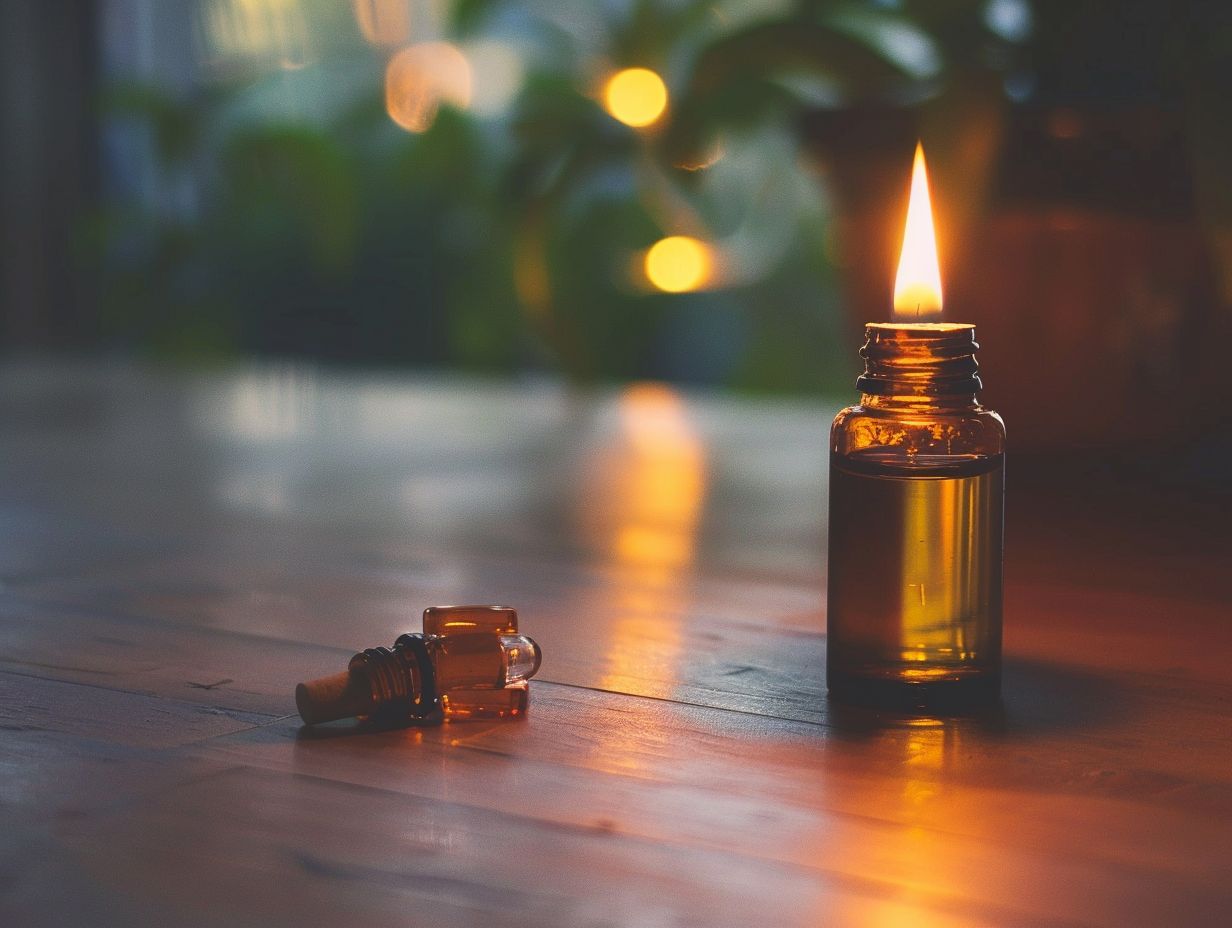
Further adding to its charm, chamomile oil possesses antimicrobial properties that can help in treating acne breakouts and reducing skin irritation. When applied topically, it can also promote healthy and clear skin by calming redness and inflammation. This natural remedy is not only ideal for soothing sensitive skin but can also aid in healing minor wounds and sunburns due to its skin-nourishing qualities. The calming aroma of chamomile makes it a lovely addition to your skincare routine, providing a relaxing sensory experience while nourishing your skin.
Frequently Asked Questions
Can essential oil burn your skin?
Yes, essential oils can cause burns if they are used improperly or if they are applied to the skin without being diluted. Always dilute essential oils with a carrier oil before applying them topically.
Can essential oil burn if used in a diffuser?
No, essential oils cannot burn if used in a diffuser. However, it is important to follow the manufacturer’s instructions and never use more essential oil than recommended in your diffuser.
Can essential oil burn your eyes?
Yes, essential oils can irritate your eyes if they come into direct contact. If this happens, flush your eyes with water and seek medical attention if the irritation persists.
Can essential oil burn your throat?
Inhaling essential oils can cause irritation to your throat, especially if they are not properly diluted. It is recommended to start with a small amount and increase gradually to avoid any discomfort.
Can essential oil burn if ingested?
Some essential oils can be toxic if ingested, so it is important to only use essential oils internally if instructed by a certified aromatherapist. Always consult a professional before ingesting any essential oils.
Can essential oil burn during pregnancy or while breastfeeding?
Certain essential oils can be harmful to pregnant or breastfeeding women, so it is important to consult a healthcare professional before using any essential oils during this time. It is also recommended to avoid ingesting essential oils during pregnancy and while breastfeeding.

